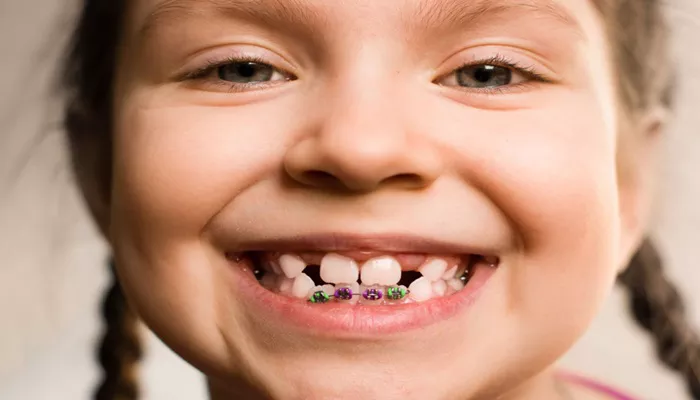Braces are a common orthodontic treatment designed to correct misaligned teeth and jaws, ultimately improving both function and aesthetics. Many parents often wonder about the appropriate age for their children to begin wearing braces.
This article will delve into the minimum age for braces, the factors influencing this decision, and the importance of early orthodontic assessments.
The Importance of Early Orthodontic Evaluation
The American Association of Orthodontists (AAO) recommends that children have their first orthodontic evaluation by age seven. This early assessment allows orthodontists to monitor dental development and identify any potential issues that may require intervention. At this age, most children have a mix of primary (baby) teeth and permanent teeth, which provides a clearer picture of their dental alignment and growth patterns.
During this initial visit, the orthodontist will evaluate several factors, including:
Bite Alignment: Checking for overbites, underbites, or crossbites.
Tooth Eruption: Assessing whether permanent teeth are coming in correctly.
Jaw Growth: Evaluating the growth of the jawbone to determine if it is developing properly.
By identifying issues early, orthodontists can create a proactive treatment plan that may reduce the need for more extensive procedures later on.
The Ideal Age Range for Braces
While there is no strict minimum age for wearing braces, most orthodontists agree that the ideal time to begin treatment is between the ages of 10 and 14. During this period, children typically have lost most of their primary teeth and have most of their permanent teeth in place. This age range is crucial for several reasons:
Jaw Development: The jawbone is still growing and is more adaptable to changes. This makes it easier to reposition teeth during this developmental stage.
Permanent Teeth: By ages 10 to 14, most children have all their adult teeth except for their third molars (wisdom teeth), allowing for more effective treatment.
Psychological Readiness: Children in this age group are often more mentally prepared for the responsibility of maintaining braces compared to younger children.
However, some children may require earlier intervention due to specific dental issues. In such cases, orthodontists may recommend starting treatment as early as age 8 or 9.
Factors Influencing the Decision to Get Braces
Several factors can influence when a child should start wearing braces:
Dental Health: The overall health of a child’s teeth and gums plays a significant role. If there are existing dental issues such as cavities or gum disease, these must be addressed before braces can be applied.
Type of Misalignment: Some conditions may necessitate earlier treatment. For example, severe overcrowding or significant bite problems might require early intervention to prevent further complications.
Child’s Compliance: A child’s ability to follow instructions regarding oral hygiene and maintenance during treatment is crucial. Children who can demonstrate responsibility may be better candidates for braces at a younger age.
Parental Concerns: Parents should also consider their child’s emotional readiness for braces. Some children may feel self-conscious about wearing braces, while others may be excited about improving their smile.
Types of Braces Available
When considering braces, it’s essential to understand the different types available:
Traditional Metal Braces: These are the most common type and consist of metal brackets and wires. They are effective for a wide range of dental issues.
Ceramic Braces: Similar to metal braces but made from clear materials, making them less noticeable. They are popular among older teens and adults.
Lingual Braces: These are placed on the back side of the teeth, making them invisible from the front. They can be more challenging to clean and adjust.
Clear Aligners (e.g., Invisalign): These removable trays gradually shift teeth into place without the use of brackets or wires. They are suitable for mild to moderate misalignment cases.
Each type has its advantages and disadvantages, which should be discussed with an orthodontist to determine the best fit based on individual needs.
Conclusion
Determining the right time for your child to start wearing braces involves careful consideration of various factors including dental health, type of misalignment, and psychological readiness. While there is no strict minimum age for braces, starting treatment between ages 10 and 14 is generally recommended as it allows for optimal results during a child’s growth phase.
Regular dental check-ups and early evaluations by an orthodontist can help ensure that any potential issues are addressed promptly. By taking proactive steps in your child’s dental care, you can help them achieve a healthy smile that lasts a lifetime.
Parents should remain informed about their child’s oral health needs and maintain open communication with dental professionals throughout the process. Early intervention not only improves dental alignment but also sets the foundation for better overall oral health in adulthood.

